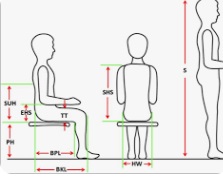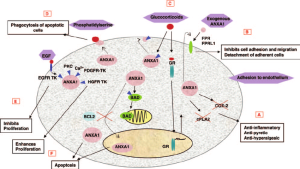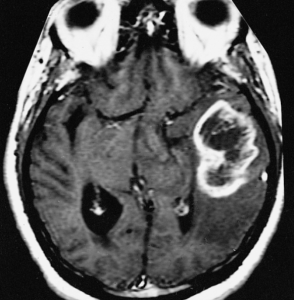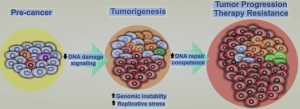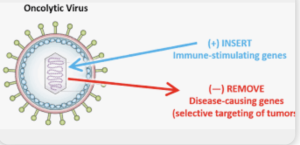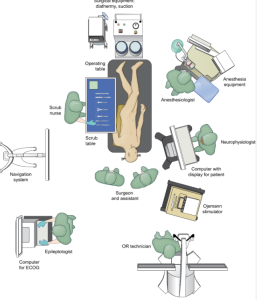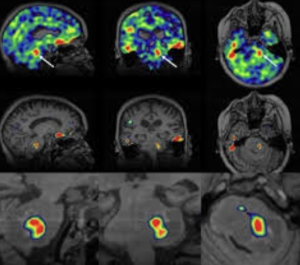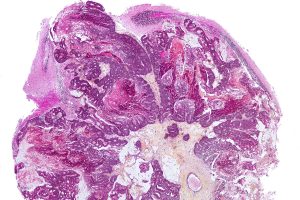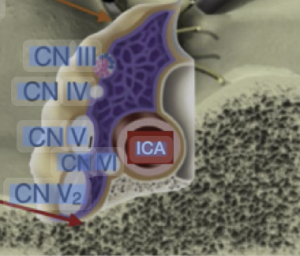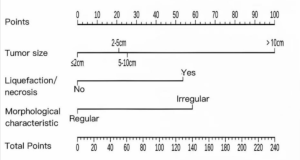In a systematic review and meta‑analysis Ahn et al. from St. Mary’s Hospital, Seoul; The Catholic University of Korea, Seoul published in Acta Neurochirurgica to evaluate associations between height, body mass index (BMI), and both the risk and prognosis of glioma andglioblastoma through aggregated epidemiological data Taller stature increases risk of glioma/glioblastoma (HR per +10 cm ~1.19–1.25). Higher BMI modestly elevates incidence risk (RR ~1.08; HR per +5 kg/m² ~1.01–1.02) and correlates with improved survival in glioblastoma (HR ~0.75).
Critical Review
* Study design & scope:
-
Solid use of PRISMA flow, Newcastle–Ottawa scoring. 23 studies from large databases until Jan 31, 2024.
-
Random‑effects model appropriate given heterogeneity.
* Strengths:
-
Broad dataset; consistency in directionality of height risk.
-
Quantitative measures (HR/RR) allow clinical interpretation.
* Weaknesses:
-
Residual confounding: socioeconomic status, comorbidities, treatment variations not fully accounted.
